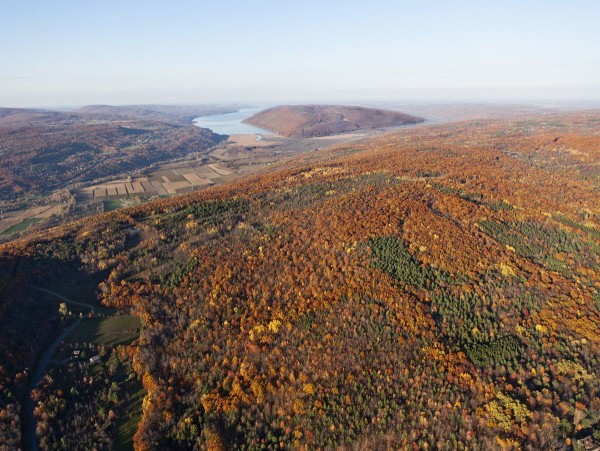
In eastern North America, home range of the anatum subspecies, the peregrine’s likeness was repeatedly invoked in the artwork and lore of the Mississippian civilization (which prospered for nearly a thousand pre-Columbian years). In the wake of receding glaciers some 10,000 years ago, Peregrine Falcons occupied cliffside aeries across northern latitudes. The gorge is hundreds of feet deep and often shrouded in mist, giving it an otherworldly feel.The large creek running through the gorge can range from calm to fast depending on rainfall.A mile long trail leads through the gorge to the waterfall.The waterfall at Taughannock gorge drops more than 200 feet, making it the tallest free-falling waterfall in the northeastern United States-even taller than Niagara Falls.Taughannock’s walls-with the slanting sun revealing their rugged contours and myriad ledges-practically begged for those cliff-dwellers from Allen’s photograph.Īnd then on one brisk afternoon walk, craning to peer up at the looming gorge overhead, I saw Peregrine Falcons again. It was the early weeks of COVID’s sweep across the United States, in March 2020, and I sought respite on walks along Taughannock’s ice-chocked creek, passing that familiar trailhead sign as I went. But even after a remarkable population rebound in North America, and after peregrines were delisted from the Endangered Species Act, falcons were still missing from Taughannock on my early-morning walks there in the spring of 2020.

A nationwide recovery effort, centered at the Cornell Lab of Ornithology, ensued to deliver the Peregrine Falcon back to the wild later in the 20th century. A few short decades after that photo, however, the cliffs at Taughannock were empty-and Peregrine Falcons were nearly wiped from the continent altogether.


The photograph was taken at Taughannock Falls in the 1930s by renowned Cornell University ornithologist and Cornell Lab of Ornithology founder Arthur Allen.

A Peregrine Falcon female and her nestlings in the Taughannock gorge, 1930s.


 0 kommentar(er)
0 kommentar(er)
